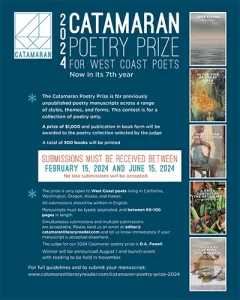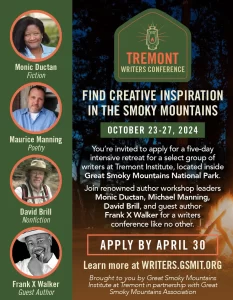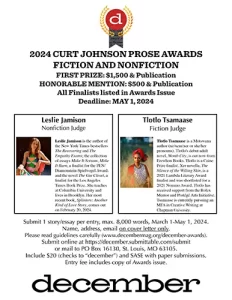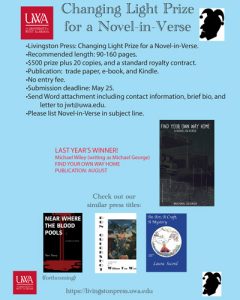The Massachusetts Review – Winter 2009
Volume 50 Number 4
Winter 2009
Quarterly
Kayla Anderson
Hayan Charara’s poem, “What Is Mine,” begins this issue and sets the tone for remaining selections of exemplary fiction, non-fiction, poetry and artwork. Charara writes, “It’s like that – / to know something / is for it to become / something else.” Multiple pieces in this volume seem to explore the idea of knowing, of seeing something more clearly through experience and knowledge. One example is Melinda Moustakis’s mother character in “This One Isn’t Going to Be Afraid,” who is known in body parts: nails, biceps, calves, shoulders, hands, feet, skin, teeth, eyes, stomach, and cheekbones. Each part tells a different story of a life, told through the daughter, as she seeks to understand the mother and herself. Or in Sara Majka’s “White Heart Bar,” where the disappearance of a young woman is explored from multiple perspectives.
Hayan Charara’s poem, “What Is Mine,” begins this issue and sets the tone for remaining selections of exemplary fiction, non-fiction, poetry and artwork. Charara writes, “It’s like that – / to know something / is for it to become / something else.” Multiple pieces in this volume seem to explore the idea of knowing, of seeing something more clearly through experience and knowledge. One example is Melinda Moustakis’s mother character in “This One Isn’t Going to Be Afraid,” who is known in body parts: nails, biceps, calves, shoulders, hands, feet, skin, teeth, eyes, stomach, and cheekbones. Each part tells a different story of a life, told through the daughter, as she seeks to understand the mother and herself. Or in Sara Majka’s “White Heart Bar,” where the disappearance of a young woman is explored from multiple perspectives.
Other selections deal with sight on a more literal level. Jung H. Yun’s, “The Strange Genius of American Men” tells of beautiful Nanhee, who runs a general store with her great aunt in Korea during the war. Nanhee checks off home states of the foreign men who enter the store in an old Encyclopedia of America, afraid that when she has met a man from every state she might be forced to choose one. She accompanies her friend, Chungmee, currently dating a Californian, a man named only by his home state, to have reconstructive eye surgery. It is there, in the doctor’s office, while Chungmee lies cut and asleep, that Nanhee is able to see real loss of life and love.
Or Paul Kaidy Barrows’s “The Kid with the Ponytail” which tells of couple Mark and Ziv, who are coming to terms with the advancing years and the changes it brings. Mark feels that desire to start again, to return to the past when he sees a kid with a ponytail on the shore, a child on his shoulders, exuberant and full of life. Barrow’s writes, “Mark’s own breathing stopped, overcome with shameful hopeless longing. He wanted right then of all things, to be the child in the arms of the kid with the ponytail. To be held, protected, to start everything over again.”
Will Barnet’s series of paintings entitled “My Father’s House” and Thomas Dumm’s accompanying essay compliments the theme of sight and understanding. Dumm writes, “To understand Barnet’s work in recent decades it is necessary to realize that he consistently has focused on bringing to the surface elements of the unconscious through the act of painting.” Barnet’s work is haunting and features a collection of rooms with shifty family figures, especially Eva, the fever-ridden sister who holds her hands to her face in almost every piece. Among other themes, Barnet’s work explores the way we see our childhood homes, now as adults, looking back through the rooms with renewed sight. Dumm writes, “To ask the question, ‘How do you paint something that is no longer there?’ leads to further questions and answers about how we remember, and why it is so important to understand how we remember, the houses of our past.”
These selections are just a few examples of the captivating characters and themes found in this issue of The Massachusetts Review. There are many other pieces of poetry, fiction and non-fiction that address this common idea, proving Charara’s claim that sometimes experience and knowledge allows for new understanding and insight.
[www.massreview.org]




